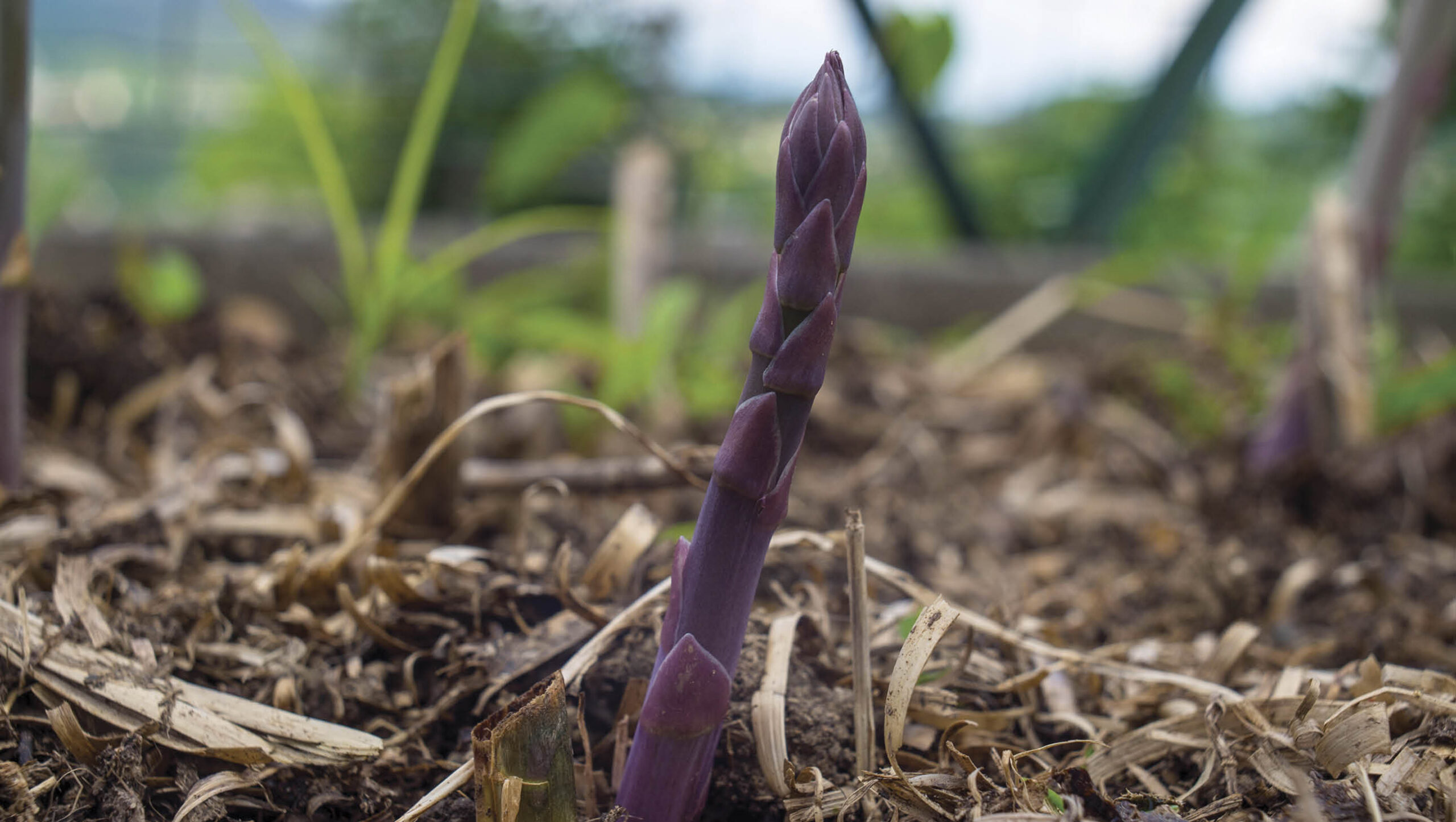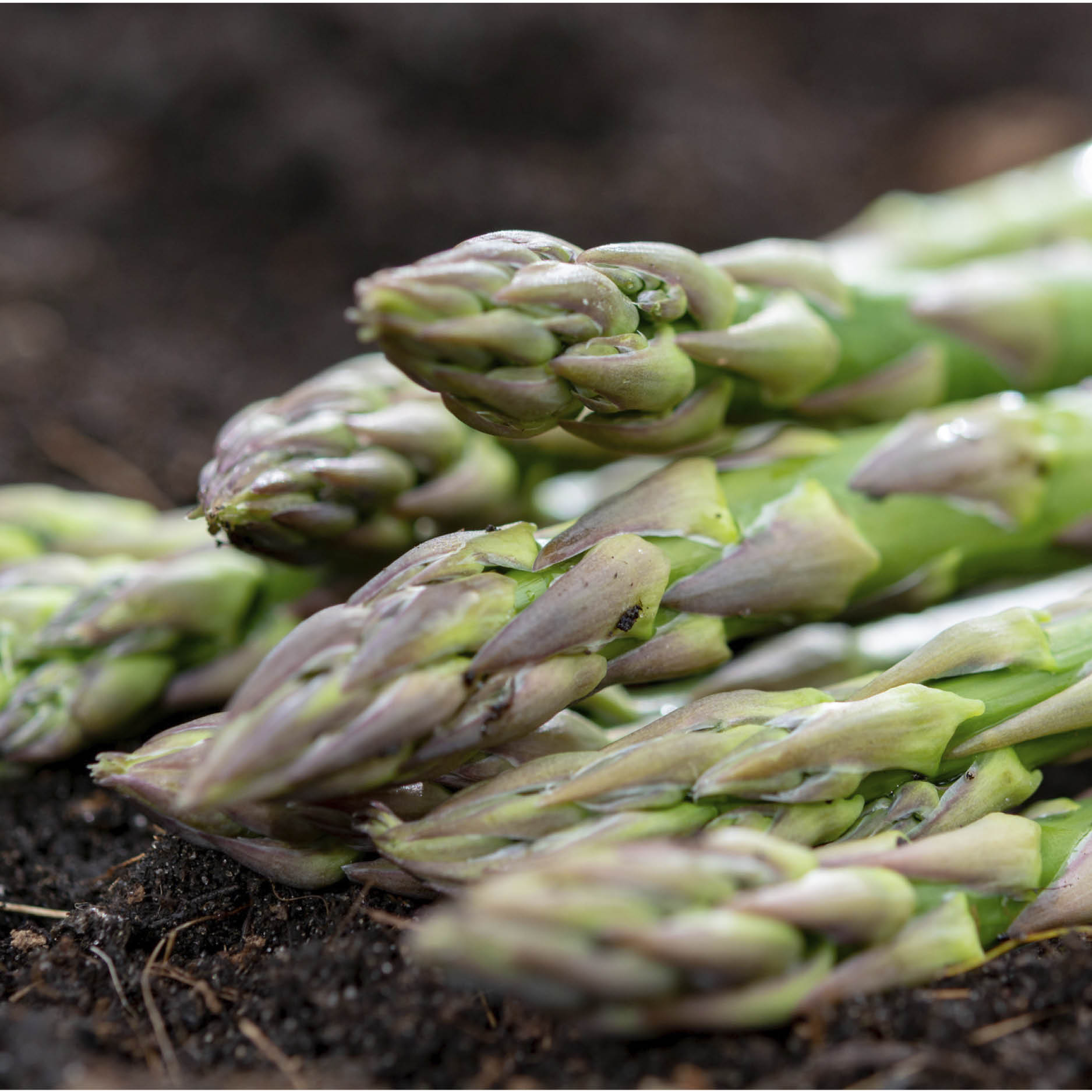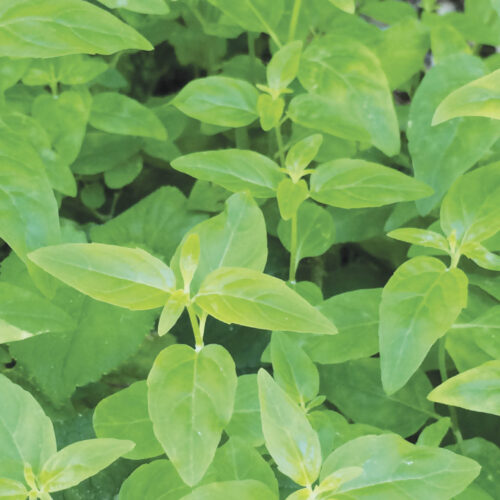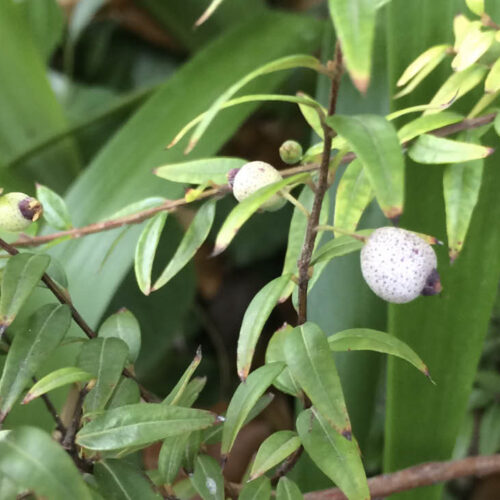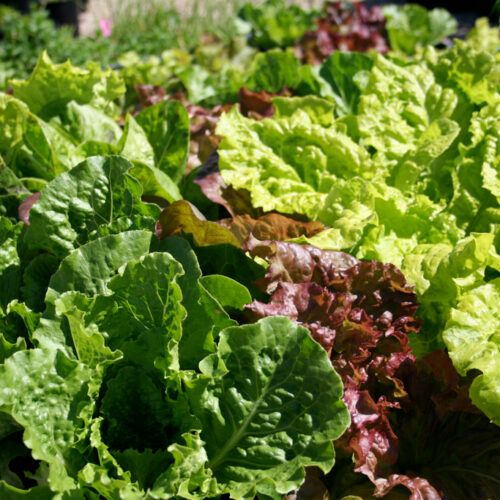Top tip for growing asparagus
2025-07-08T14:31:02+10:00
Growing asparagus may take some time, but the reward is worth it! This tip will help you get started.
Did you know that you can grow asparagus in a large pot or raised garden bed? That makes it a lot more achievable in an urban garden than many of us thought. It may take a while to get your crop growing but the plant can last up to 20 years so it will be worth it!
How to get started
Crowns
The easiest and most foolproof way to start growing asparagus is with what’s known as ‘crowns’. Crowns are the root systems of young plants, and are typically a few years old, giving you a headstart and an earlier harvest, generally in 1–2 years. You can purchase crowns from mail order suppliers in winter to spring. As crowns are dormant plants with a developed root system, they are more reliable and less likely to suffer transplantation shock, which makes them the ideal option for beginners.
Now is a great time to get asparagus crowns planted and established, before the weather heats up too much. You may also find potted plants to grow, they can be planted a bit later, but otherwise treat these in the same way as crowns.
Seeds
For anyone seeking a more economical option, give asparagus seed a go. While it’s not difficult by any means (we’ve had great success planting the seed saved from our own plants) this method does require a great deal more patience. Expect at least 3–4 years before seed-grown plants are large enough to harvest. For this reason, growing from seed is best suited to gardeners who are after a challenge and have the space to let baby plants gradually mature to full size.
Top tip
Do not harvest any spears at all in the first year, just leave the fronds to grow. Over the next few years harvest the first few shoots but leave all the later shoots to grow fronds. Over-harvesting in the early years will weaken the plant.
These early spears are usually tiny and thin and not worth the effort of eating. Growing asparagus is all about investing in the future, and allowing the crown to build up energy and size. Ideally you should only harvest spears once they are as thick as your finger.
With established plants, after harvest, leave at least a few spears to turn into asparagus fronds, which are crucial for producing energy for the crowns to keep them going year after year. Cut these off at ground level once they yellow and have withered in autumn. Mulch with compost and a layer of lucerne hay or sugarcane mulch. If you have a few plants, you might notice red berries on some of them in late summer. These are the seeds of the asparagus plant (which require both a male and female plant in order to form).
For Jian Liu’s full article with details of the best climate and even more growing tips, get a copy of our Winter 2025 issue (OG 158). Head here to get a copy delivered to your door.


